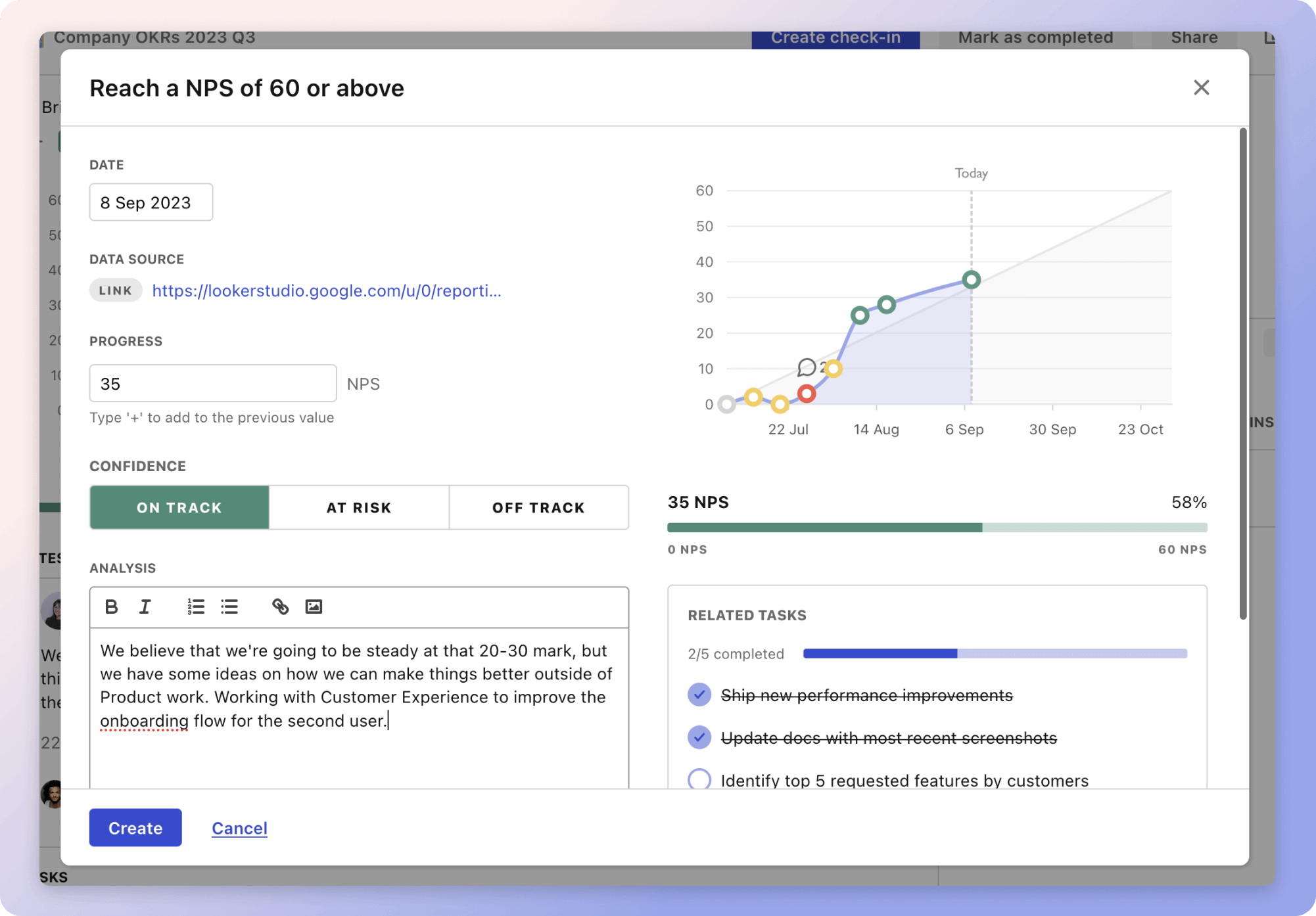The strategy for developing a compelling presentation for a strategic planning workshop involves a multifaceted approach. First, understanding your audience is crucial. This entails identifying the key challenges faced by medium-sized businesses and researching the industry sectors they belong to. For example, conducting surveys or interviews can help gather expectations from participants, while reviewing case studies and competitor workshops offers valuable insights.
Next, structuring the presentation effectively is essential for engagement. Begin with an engaging introduction and define the workshop's objectives clearly. Incorporate real-world examples, interactive segments like polls or discussions, and ensure logical transitions between topics. Limiting slide content to one key idea prevents clutter and maintains focus.
Finally, using engaging visuals and formats is key to keeping the audience interested. Employ visually appealing slide designs, charts, and graphs to clarify insights. Infographics can distill complex data, and embedding videos or animations adds dynamic content. Test for visual clarity to ensure effective communication on different screens.
The strategies
⛳️ Strategy 1: Understand your audience
- Identify the key challenges medium-sized businesses face
- Research the industry sectors of your target audience
- Determine the skill level and knowledge base of the participants
- Conduct surveys or interviews to gather audience expectations
- Review case studies relevant to medium-sized businesses
- Analyse competitor workshops and note their topics and techniques
- Create audience personas for a tailored approach
- Determine the main goals and objectives for the attendees
- Clarify the value proposition of your workshop for attendees
- Seek feedback from industry experts on audience needs
⛳️ Strategy 2: Structure your presentation effectively
- Outline the session with a clear beginning, middle and end
- Start with an engaging introduction that sets the stage
- Define the key objectives of the workshop upfront
- Incorporate real-world examples and case studies
- Include interactive segments like polls or discussions
- Ensure transitions between topics are smooth and logical
- Limit each slide to one key idea to avoid clutter
- Summarise key points at the end of each section
- Prepare a Q&A session to address any queries
- Conclude with a strong call to action and next steps
⛳️ Strategy 3: Utilise engaging visuals and formats
- Use visually appealing and consistent slide designs
- Incorporate infographics to distil complex data
- Utilise charts and graphs to provide clear insights
- Include relevant and professional images
- Design slides with ample whitespace for readability
- Embed short videos or animations for dynamic content
- Use bullet points to break down information efficiently
- Highlight key data or insights to draw focus
- Avoid overcrowding slides with excessive text
- Test the presentation for visual clarity on different screens
Bringing accountability to your strategy
It's one thing to have a plan, it's another to stick to it. We hope that the examples above will help you get started with your own strategy, but we also know that it's easy to get lost in the day-to-day effort.
That's why we built Tability: to help you track your progress, keep your team aligned, and make sure you're always moving in the right direction.

Give it a try and see how it can help you bring accountability to your strategy.
